Podcasts have been around for quite a while, but it's only in recent years that the industry has begun to really flourish. Small Biz Genius claims that in 2006 just 22% of Americans knew what podcasting was, but today 70% of U.S. adults are familiar with this medium.
Podcasts are so popular because it's an easy-to-consume format for both business and personal topics. People listen to podcasts to learn new growth tactics for their business, improve their marketing skills and get inspired by entrepreneurial interviews. They're tuning in to big- or small-time podcast shows to hear their favorite authors, learn how to meditate or dive in to complex topics like self-compassion.
In 2020, the podcast industry is going to grow even faster with a flurry of advertising activity and technological changes, which is great news for content creators and listeners alike.
Read on to discover the top podcast trends for 2020, so you know how to survive in this increasingly competitive space.
9 Podcast Trends You Can't Ignore in 2020
2019 was a breakout year for the podcast industry, with TechCrunch reporting a 27% surge in podcast creation from the year before, bringing the total to 29 million podcast episodes, across 700,000 podcasts:
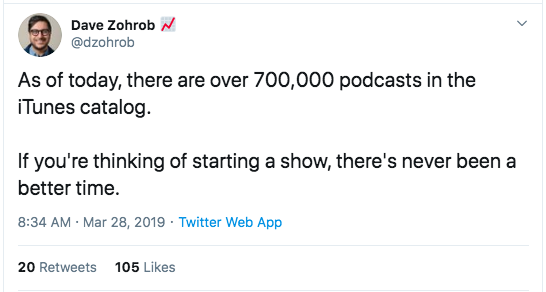
It’s clear that we are on the cusp of a new era for the podcast industry, as this channel is finally reaching the heights that many predicted in its early years. Now, without further ado, let’s dive into the nine key podcast trends you should look for in 2020.
Dive Deeper:
- How We Built the Growth Everywhere Podcast to 109,000 Listens per Month
- The Future of Podcasting: Where Is It Going Next?
- Does Podcast Advertising Actually Work?
Trend #1: More Podcast Platform Competition
For many years, Spotify and Apple have been neck-and-neck in the podcast industry, vying for the top spot in the market. The latest data from The Podcast Host shows that 46% of 12-34 year-olds listened to Spotify each month this year, whereas only 20% of the same demographic listened to Apple Music:
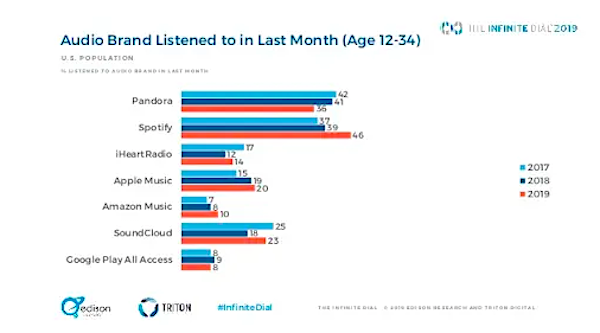
Spotify acquired Gimlet Media earlier this year, throwing down the gauntlet to Apple in a significant step towards cornering the market. According to Dave Zohrob, the CEO of Chartable:
“Based on Chartable analytics data, we predict that Spotify will reach at least 25% listener share by the end of 2020 — a huge win for Spotify and a clear warning to Pandora, Apple and other folks.”
Of course, none of these big podcast platforms will be lying down in 2020, so while Spotify seeks to win the hearts of Gen Z and Millennials, rival platforms will be pushing out more audio content and finding new ways to innovate and attract larger audiences.
The competition may spawn a lot more original content, as Spotify tries to maintain its throne with in-house productions, similar to Netflix. BBC and Google both released their own services in 2019, leading to a minor fall-out as BBC pulled their services from Google.
Speaking of Google, “companies with massive reach and powerful ad-targeting platforms like Facebook, Google, LinkedIn or Twitter begin seriously entering the audio space.” Conal Byrne, President of iHeartPodcast Network, points out that:
“Large new content platforms — like Facebook and YouTube — will build best-in-class audio-specific products and begin to distribute podcasts en masse.”
Whether you're just listening or you're hosting your own podcast, here are the top platforms to try out in 2020:
Hosting platforms:
Audio streaming services:
And keep an eye on these major social platforms who have joined the fray by launching their own podcasts:
Trend #2: Data-Driven User Experiences (UX)
Data offers marketers the Midas touch. In the podcast industry, data-driven marketing is the road to audio gold, as podcast producers can leverage data insights to get a deeper understanding of their target listeners.
80% of people will listen to an entire podcast episode, or most of it, indicating that podcast listeners are very engaged in the content. However, in some genres, there is still much room for improvement.
In 2020, podcast hosts and content creators must step up to produce shows that keep people hooked. There's even a new term for it: Listener Experience (LX).
Click To Tweet
Giving your podcast listeners a better experience means:
- Create interesting content, which means editing out a lot of the opening chit chat, off-topic tangents or long pauses while a guest thinks.
- Have one CTA or topic per episode so you don't overwhelm or confuse your audience.
- Be concise and sum up key points for your listeners, because it's not that easy to rewind a podcast episode (particularly with smart speakers).
- Make it super easy to listen to your podcast – in other words, don't require a sign-up, download or any other hoops to jump through just to listen to an episode.
You can use market data to create detailed audience personas (similar to buyer personas), taking their browsing behaviors and purchasing habits into account to give your content strategy a clear sense of direction:
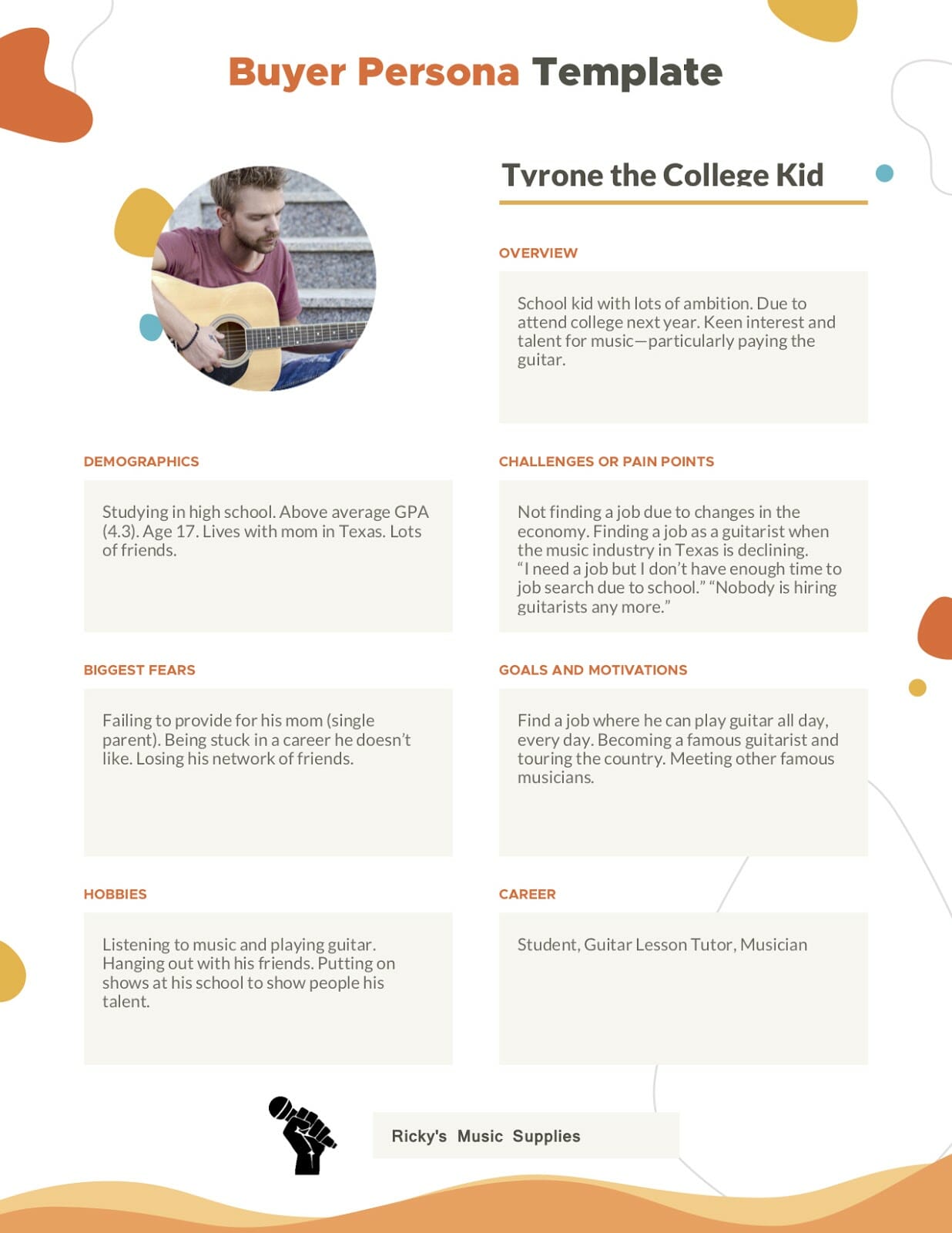
Ultimately, going the extra mile with data-driven marketing will pave the way for better user experiences, helping hosts engage more listeners.
Dive Deeper: How to Implement User Intent to Build an Audience for Your Content
Trend #3: More Podcasting Events and Live Streaming
In 2019, podcast events went mainstream all over the planet to the tune of raking in over $55 million.
These live shows bring audiences, hosts and marketers together, helping podcasters forge connections as the industry enjoys a golden period of growth. Podcast Movement, a community of podcasters that provides news, resources and events in podcasting, is one company that organizes such events.
These networking events provide content creators the chance to meet and greet some influential speakers, fellow podcast hosts and niche brands.
Eric Siu, CEO of Single Grain, recently attended SaaStock, a conference in Dublin nicknamed “Disneyland for SaaS companies,” and reported on the changes since last year in which events like these are making podcasts center-stage. The podcast stage is now, literally, in the center of the venue, complete with rows of chairs and free coffee so that people can not just listen to, but see, their favorite podcasts in person.
Take a look at this video:
According to Neil Patel, live streaming is going to be a $70.5 billion industry by the year 2021. Live videos have proven to be highly engaging over the past few years, so it’s a logical step for podcasters to broadcast live shows. By doing a live podcast, you can maximize the engagement on a medium that already compels fanbases.
With interactive content on the rise, not to mention more advanced technology and techniques, live podcasts will allow hosts and audiences to connect like never before. Whether it's through Q&A sessions, contests or phone-in debates, live podcasts are sure to be huge in 2020.
Dive Deeper: How to Use Event Marketing to Generate Leads & Close Sales
Trend #4: Better-Quality Podcast Content
In the past, content marketing had the luxury of finding its way to quality content; many businesses pumped out low-quality content en masse in an effort to get noticed until quite recently.
The newer podcast industry has had to buck this trend, as its content, on the whole, tends to be of higher quality. This format generally attracts a different type of audience: Many podcasts listeners are college graduates, successful professionals and entrepreneurs:

This means that the quality of podcast content has to be smarter in order to maintain the attention of its audience. Another reason is that the playing field is still quite small, relatively speaking. Right now, global figures suggest we have:
That’s right — just 800,000 podcasts. Therefore, the podcast industry is not yet flooded by poor competitors with low-quality content. Online radio and music streaming services like Spotify are set to ramp up, forcing podcasters to up their game.
For many, the answer is simply to produce more content, but others will recognize the need for better content. Podcast producers have all the tools they need for social listening, audience research and content strategy. They understand that high-value listeners want to listen to high-value shows.
Another consideration is the audio quality. Podcast listeners are often on the go, whether it be the morning commute on public transport or on the treadmill at the local gym. They want impeccable sound quality that provides a great listening experience wherever they are.
And finally, in an effort to create more high-quality audio content, we'll likely see a rise in the microcast, which is a short-form podcast, usually about 5-10 minutes. Neil Patel and Eric Siu have already paved the way for this format with their daily podcast called Marketing School that “brings you 10 minutes of actionable marketing advice every single day.”
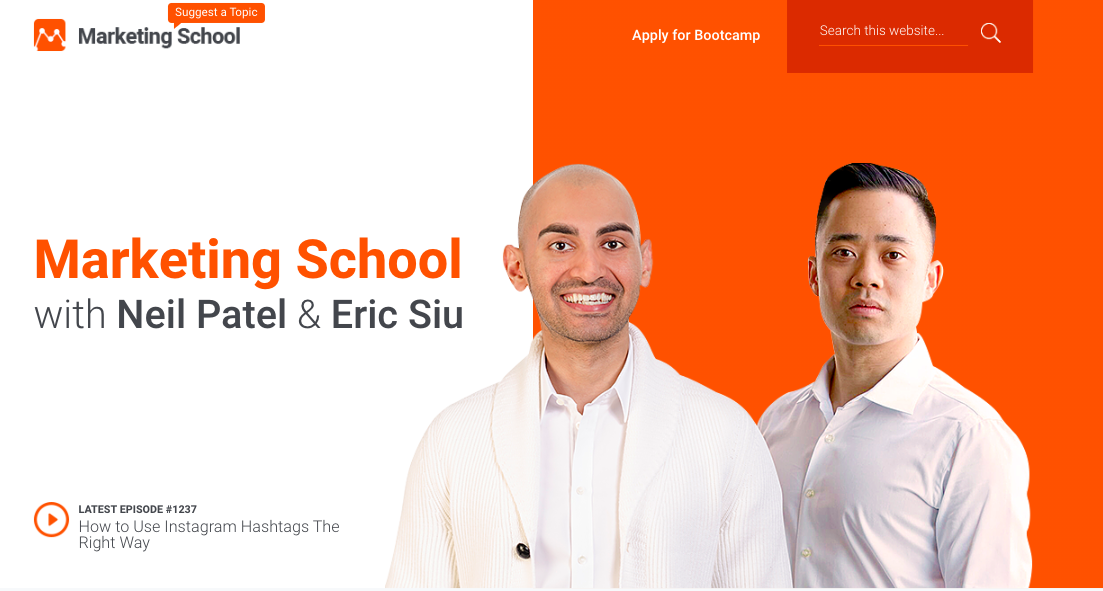
Sometimes it's easier to learn what high-quality means by comparing it to low-quality. Check out these four cringingly bad podcasts! 🙂
Dive Deeper:
- The Ultimate Guide to Podcast Advertising
- 10 Best Marketing Podcasts to Help You Grow Your Business
- Why I Decided to Start Podcasting
Trend #5: Podcasts Will Optimize for Voice Search
This is the omnichannel age. No longer can your business rely on one or two marketing channels. Instead, you must endeavor to deliver a cohesive brand message across multiple channels, such as email, video, social media, paid ads and offline promotion.
Rising high amid all of this is voice search, with 50% of all searches being done via voice by 2020.
Whereas radio advertising has been around for decades, voice search optimization (or VSEO) is a new and exciting dynamic that marketers must consider. As voice-enabled speakers and other IoT devices become more popular, the young, affluent, tech-savvy demographics are primed and ready for a shift in how they search for things online.
Earlier this year, Google announced that they'll “start including podcasts in Google Search results so you can listen to podcasts directly from the search results page or save an episode for later.”
Additionally, Google Podcasts is now transcribing their podcasts automatically which means that the episodes will be easier to search for via keywords. And Podcast Motor suggests several tips to help rank your podcast episodes in Google, including:
- Choose a keyword for each podcast episode
- Create a specific page for every episode
- Create a blog post of ~300 words for each episode
By placing a greater focus on voice SEO and, specifically, “podcast SEO,” podcasters can ride the wave that is projected to make voice search the preferred method of online searching. People are set to interact with voice-enabled devices more often, so podcasters can increase brand awareness and audience engagement with clever voice SEO tactics in 2020.
Learn More:
Trend #6: Listeners Will Accept More Ads
In the last year, there has been a 41% increase in the use of ad-blocking software among Gen-Z and Millennials:
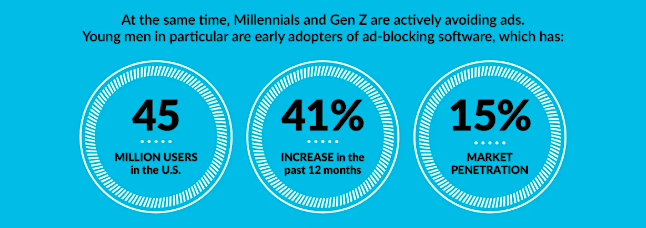
However, while people are seemingly less tolerant of ads interrupting their content in general, podcast listeners are actually more open to advertising.
Although ads can disrupt the user experience, there are fewer ads on podcasts than on radio or television. For many podcasts, ads are the lifeblood that enables the show to go on, and so many avid fans have come to accept that ads are just part and parcel of the podcast experience.
What's more, studies indicate that people are more receptive to advertising on their favorite podcast shows:

The reason for this is likely that audiences trust podcasts hosts, especially in niche areas where there is a connection between the host and a small but dedicated following. Podcasts typically have up to three ads — pre-roll, mid-roll and post-roll — that are often voiced by the podcast host.
These followers see the podcast host as an authentic advisor and, therefore, any promotions or partnerships are taken seriously. Unlike blog or website ads that just pop up in your face randomly, podcast audiences assume that the hosts have carefully chosen appropriate and helpful ads for them.
Big brands understand this, and so one of the biggest podcast trends of 2020 is sure to be the growth of advertising. According to Forrester, the podcast industry may surge north of $1 billion in ad revenue in 2020.
Trend #7: Higher Marketing Budgets for Podcast Content
There is a lot of speculation about the bright future of podcasting, which has gotten to the point that companies can no longer turn a blind eye to its potential. For many years, a lot of companies have stood on the sidelines, opting to stick with trusted channels like blogs, social media and email.
In 2020, we can expect to see more brands loosen the purse strings for podcast content. Across all industries, new players will enter the market, and many companies will experiment with podcasts for the first time.
One of the main reasons for this is because evidence suggests that podcast listeners are 45% more likely to have an income of $250,000 or higher. These are the type of prospects that brands want to get their products and services in front of, so many companies will allocate more of their marketing budget to boost lead generation and sales through podcast content.
Jen Grogono, the CEO of uStudio, believes that there is a big future in private podcasting where companies use podcasts to strengthen internal communications and relationships:
“As consumers, we're now primed to listen and watch rather than to read and write — both for entertainment and learning purposes. These two things combined present a very big opportunity for companies to rethink how they communicate with their employees to drive engagement.”
Whether it's an internal communications tool or a new marketing channel to reach a wider audience of prospective new customers, 2020 will be the year that many companies make their podcast debut.
Dive Deeper:
- Podcast Production 101: The Complete Guide to Starting Your Own Show
- How Much Work Does It Really Take to Build a Popular Podcast?
- 7 Creative Ways to Monetize Your Podcast
- The Most Underrated Tactic to Boost Your Search Ranking: Podcast Guesting
Trend #8: New Niches Will Appear (like BioPods)
Over the past year, podcast trends opened up hot new niches in zero-waste living, climate change, tiny homes and plant-based diets. Indeed, the growing focus on sustainable living and being more environmentally conscious is sure to get more intense in 2020 and beyond.
But the new niches aren’t limited to these areas. Remember that there are still less than one million podcasts right now. There are literally hundreds of undiscovered niches — like BioPods or History Pods — and many untapped resources or markets that are very much up for grabs. As Arif Noorani of CBC Podcasts, says:
“Dolly. Drake. Beyonce! The thirst for deep dives on people that shaped the cultural canon and vital moments that shaped history will magnify, quenching the thirst of listeners needing a complement to their quick hit social media habits.”
We'll also see more experimentation with different podcast formats, even within one show:
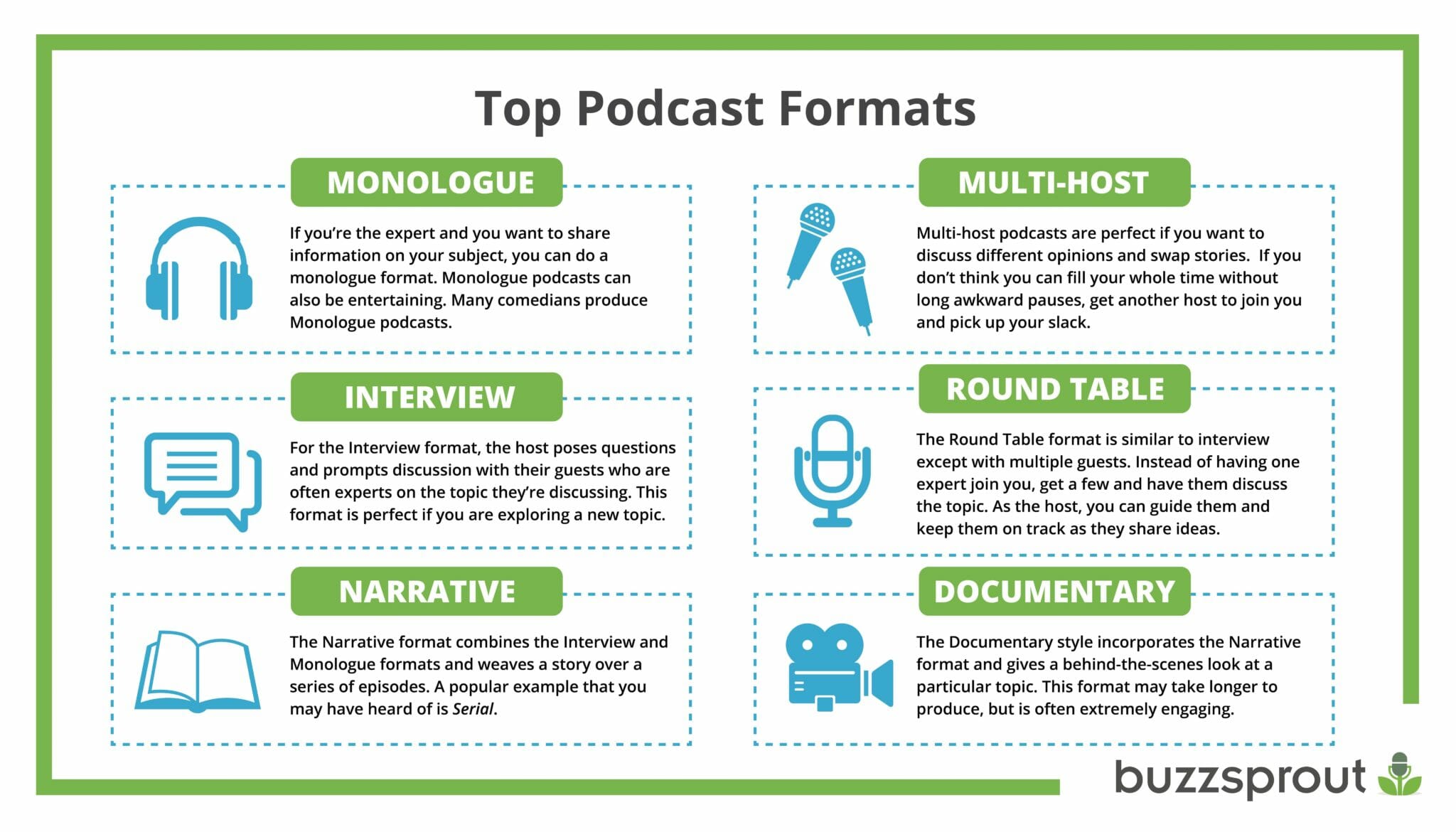
Podcasting has a low barrier to entry, since basically anyone with a microphone can get their voice out there. In the era of influencer marketing and online advertising, the podcast industry is rich with opportunities for micro-influencers.
When you consider developments in technology, political shifts and environmental concerns, the way we live is changing all the time. In the year ahead, we can expect to hear many new podcasts that address the issues people care about in 2020.
Trend #9: Rise of Programmatic Advertising
Programmatic advertising is the use of artificial intelligence and algorithms to buy and optimize ads in real-time. This type of automation is faster and much more efficient, which leads to higher conversions and lower customer acquisition costs. It’s changing the face of digital advertising so swiftly that, according to eMarketer, 86.2% of digital display ads in the U.S. will be programmatic by 2020.
Although podcast listeners are more open to advertisements within the episodes they are listening to, as mentioned in trend #6, advertisers will, naturally, try to push that envelope as far as possible, which means, of course, many more ads with the use of programmatic advertising.
As per Shira Atkins of Wonder Media Network:
“Podcasting technology is working vigorously to level the playing field with traditional digital ad tech in order to appease advertisers’ legitimate concerns around targeting and metrics. Unfortunately, this comes hand-in-hand with the rise of programmatic advertising, challenging podcasting’s OG advertising edge: highly intimate, authentic, host-read endorsements.”
The key here is to not alienate your listeners. You'll need to “develop creative specifically for the podcast medium, respecting the listener with an inclusive conversational tone.”
Dive Deeper: How B2B Firms Can Acquire Leads with Programmatic Ads
Wrapping Up
The podcast industry is finally taking off. If 2019 was its long-awaited breakout year, then 2020 will be the stage for a revolution of how brands, creators, and audiences think about audio content.
Global audiences value quality podcasts, so much so that they will tolerate ads. In 2020, the podcast trends here will drive an increasingly competitive and innovative industry forward, as major platforms and brands battle it out to corner new niches, and focus on delivering better, data-driven content for the voice search era.
Get an edge over digital marketing with our epic trends guide: 42 Digital Marketing Trends You Can’t Ignore in 2020
The post 9 Podcast Trends You Can’t Ignore in 2020 appeared first on Single Grain.
from Single Grain https://ift.tt/2F0onJ0
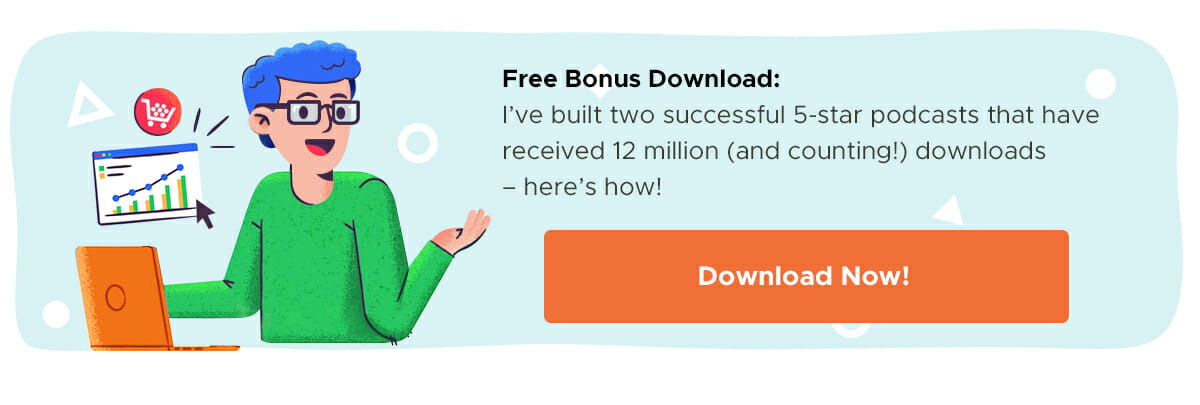

No comments:
Post a Comment